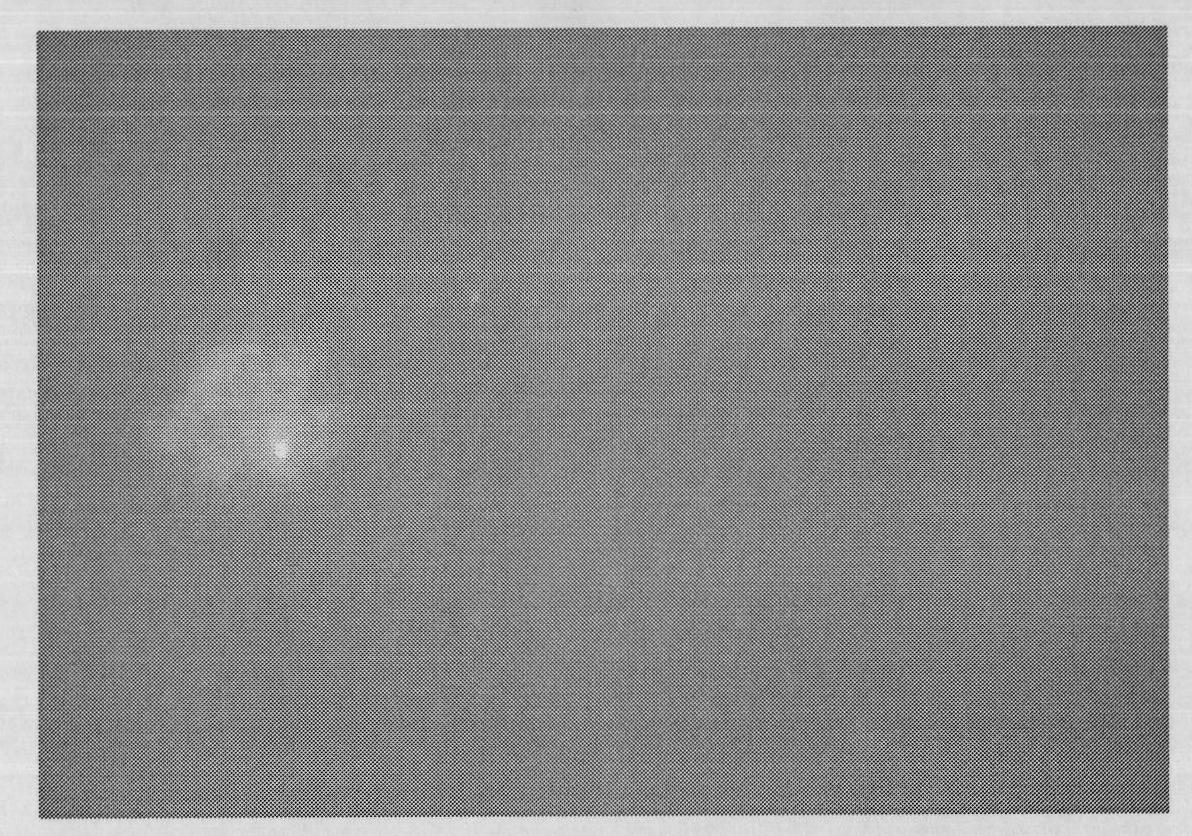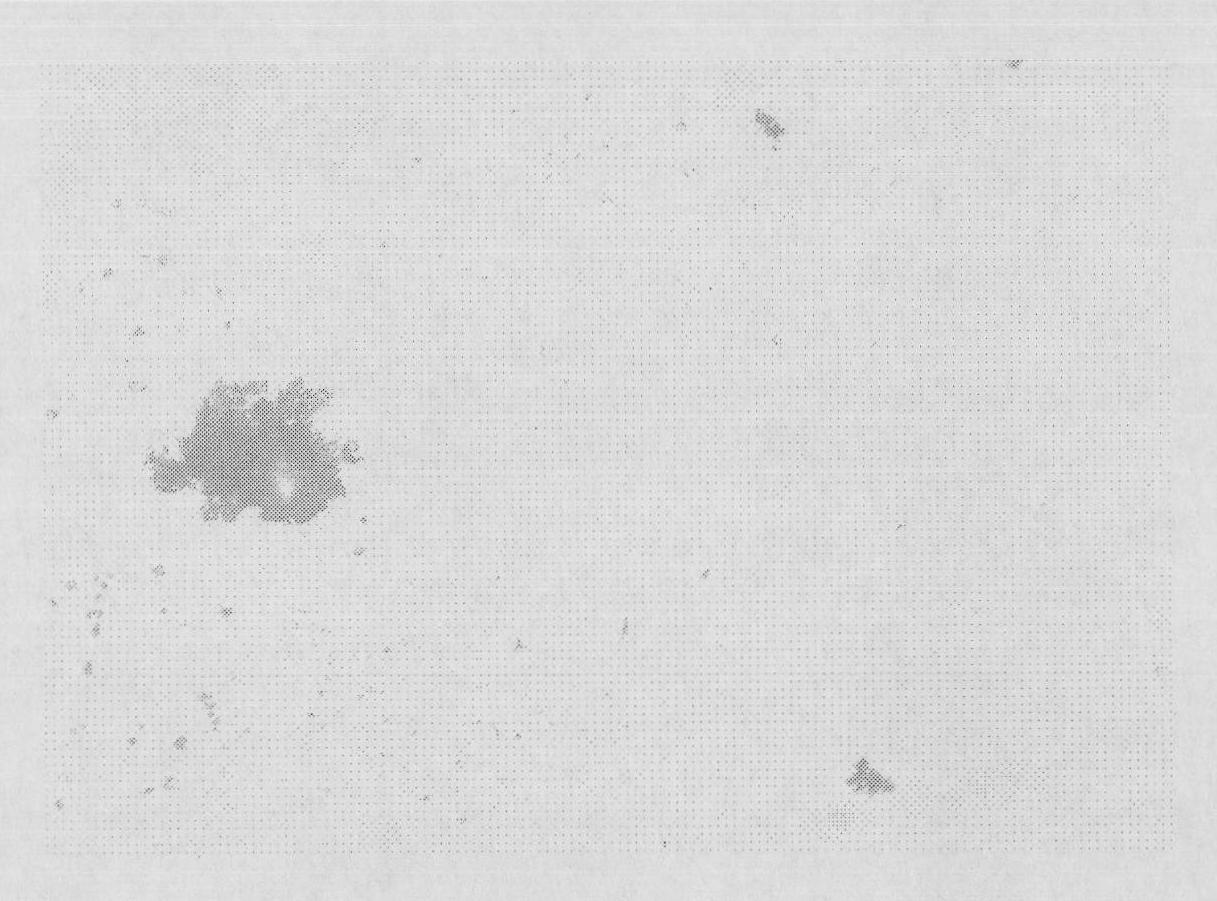Method for rapidly detecting and screening Enterobacter sakazakii
A rapid technology of Enterobacter sakazakii, applied in the field of microbial detection, can solve the problems of high false positive and false negative rates of PCR reaction, and achieve the effect of low requirements for supporting equipment, good reliability and convenient operation
- Summary
- Abstract
- Description
- Claims
- Application Information
AI Technical Summary
Problems solved by technology
Method used
Image
Examples
Embodiment 1
[0036] Example 1: Preparation of immunized superparamagnetic nano-magnetic beads and connection of antibodies
[0037] 1. Magnetic core γ-Fe 2 o 3 Synthesis and wrapping of
[0038] Separately prepare FeSO with double distilled water 4 ·7H 2 O and FeCl 3 ·6H 2 O solution and NaOH solution, mix the two iron salt solutions. Fe in the mixed solution of iron salt 2+ The concentration of ions is 0.15mol / L, Fe 3+ The concentration of NaOH solution is 0.25mol / L, and the concentration of NaOH solution is 2.5mol / L. Slowly add the above prepared NaOH solution dropwise into the mixed iron salt solution under vigorous stirring, age the resulting precipitate at 60°C for 2 hours, wash the precipitate with twice distilled water for 3 to 5 times, and filter it in Dry at 60°C to 70°C for 24 hours, grind in an agate mortar, then dry and store at room temperature for later use.
[0039] Due to the magnetic core γ-Fe 2 o 3 The dispersion of magnetic beads is not good, the particle siz...
Embodiment 2
[0044] Embodiment 2 The connection of fluorescent quantum dots and antibodies
[0045] Using 1-(3-dimethylaminopropyl)-3-ethylcarbodiimide hydrochloride (EDAC) as a crosslinking agent, N-hydroxysulfosuccinimide (NHSS) as a protective agent, the surface Quantum dots modified with carboxyl groups (QDs-COOH) cross-link with the terminal amino groups of antibodies (Ab) to form amide bonds, and then immune quantum dots are obtained. The molar ratio of antibody to quantum dot is 1:10 to 1:30.
[0046] The specific method is: 40ul carboxy-modified quantum dots (red light emitting) (5.2×10 -6 mol) was added to 80ul (0.01mol / L, pH=7.4) sterile phosphate buffer solution, 3mg of EDAC was added to the solution (final concentration was 15mg / mL), and vortexed at room temperature for 10min to fully activate the functionalization Carboxyl groups on the surface of quantum dots, then add 1mg of NHSS to the above solution, and vortex at room temperature for 30min, after fully reacting, add 80u...
Embodiment 3
[0047] Embodiment 3: the detection of sample
[0048] The immunized superparamagnetic nanoparticles prepared in Example 1 were dispersed in phosphate buffer (0.01mol / L, pH=7.2) at a concentration of 50mg / ml, and 50ul was dripped into 3ml of different concentrations (10 3 ~10 5 cfu / ml) of Enterobacter sakazakii bacterial liquid sample solution, shaker at room temperature to fully react for 0.5h, and under the effect of an external magnetic field (3000Gs), collect the immune superparamagnetic nanoparticles, and use phosphate buffer ( 0.01mol / L, pH=7.2) wash 2 to 3 times, and dilute to 0.2ml system.
[0049] Then, 50 ul of the immune fluorescent quantum dots prepared in Example 2 were added dropwise to the washed system, and shaken for 0.5 h under a shaker at room temperature, so that the antigen on the surface of Enterobacter sakazakii and the anti-sakazakii linked to the quantum dots Enterobacter sakazakii polyclonal antibody is fully immunocombined. Under the action of an ex...
PUM
| Property | Measurement | Unit |
|---|---|---|
| particle diameter | aaaaa | aaaaa |
| particle diameter | aaaaa | aaaaa |
Abstract
Description
Claims
Application Information
 Login to View More
Login to View More - R&D
- Intellectual Property
- Life Sciences
- Materials
- Tech Scout
- Unparalleled Data Quality
- Higher Quality Content
- 60% Fewer Hallucinations
Browse by: Latest US Patents, China's latest patents, Technical Efficacy Thesaurus, Application Domain, Technology Topic, Popular Technical Reports.
© 2025 PatSnap. All rights reserved.Legal|Privacy policy|Modern Slavery Act Transparency Statement|Sitemap|About US| Contact US: help@patsnap.com


